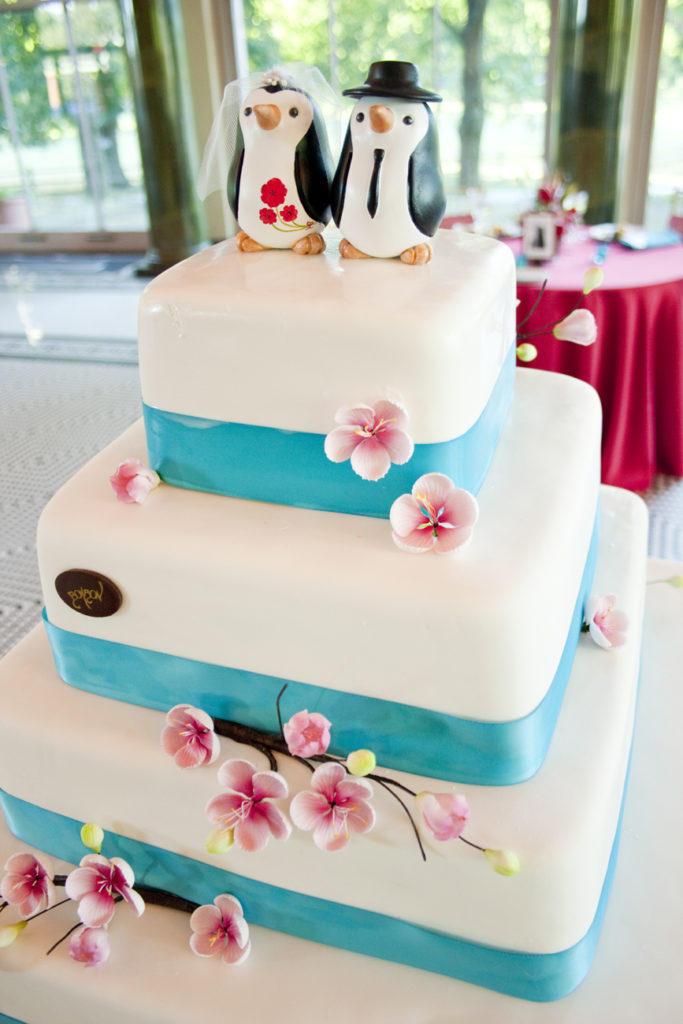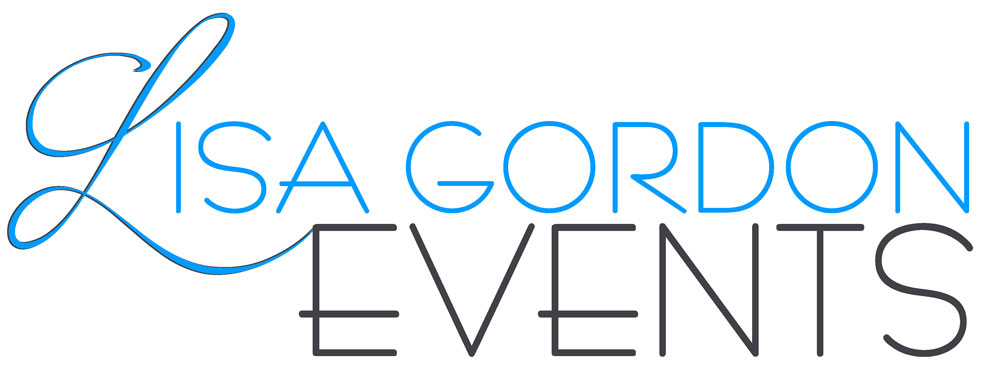
How many other great ideas were ruled out to get to this fun and whimsical design choice? (Photo by hannahelaine photography (hannahelaine.com).)
Just in case you’re at this point in your planning process, here’s my advice on making choices for your wedding:
I wrote before about ways to approach decision-making for your wedding. This topic comes up frequently in my conversations with clients. Frequently, I am hearing things like, “There are so many choices, I don’t know how to make a decision” or “I love Pinterest, but when I spend time on it, it makes it harder for me to know what I want.” I also hear (a lot), “The process of wedding planning is really overwhelming!”
If this is how you feel, you should know that you’re not alone. It’s great to have a lot of choices and wonderful to have access to all sorts of ideas when you’re planning a wedding (or any other event). Being able to see what other people have done successfully is a great resource. Borrowing ideas can spark your own creativity. But once you have amassed all these ideas, what is the next step? I think this is where many people have trouble.
I’m lucky that I’ve spent several decades working with many wonderfully creative people in the live theatre industry. I’ve learned a lot from the various designers and directors and other artists about how the creative design process works. I’m not going to even try to distill it into a brief how-to manual (because I’m pretty sure that’s impossible), but here are a few ideas.
A design board (also called an inspiration board or a vision board) is a way to collect the best visual ideas you have in one place and to see if they will all work together. (There are lots of DIY tips online for how to do this. It’s also one of the things you can do in Pinterest.) What you may discover is that you have a few too many great ideas–which leads directly to my next tip:
You will probably have to discard some of your ideas. You may have to discard a lot of your ideas. The best events (like the best artistic creations) are focused and coherent. Simplicity can be your very best friend.
So, how do you take all those ideas and revise them until you have a focused idea? Try putting your favorites at the top of your design board and put the ones you don’t love quite as much farther down. Keep re-arranging them until you are happy with the order. Now, can you remove any of the ones at the bottom? Because you are now at the point where you will probably have to get rid of some things. And if you can’t quite bring yourself to remove something, that might be a sign that it needs to be a little higher in the priority list. Re-arrange again and try removing some things. Eventually, you should be able to refine your design choices.
Here’s another way to pare down the choices: Pick two colors and two other things you like (a texture, a pattern, a shape, etc., depending on how you have approached your search for materials) and put all the ideas that fit within those parameters on one design board. Then try a different set of choices on a second board–and maybe one more after that. See what you like best. See what works best for you. If you like one set of ideas, you now have a narrower set of choices to work with.
And here’s one more idea: Hire a professional to work with you if you find the entire process too much for you. Wedding planners are very good at narrowing down the field based on your preferences and can help you to focus your search for venues and vendors and to guide your design process. There are a lot of decisions to be made as you plan a large event like a wedding. It helps to have a guide who has done this before.

Recent Comments